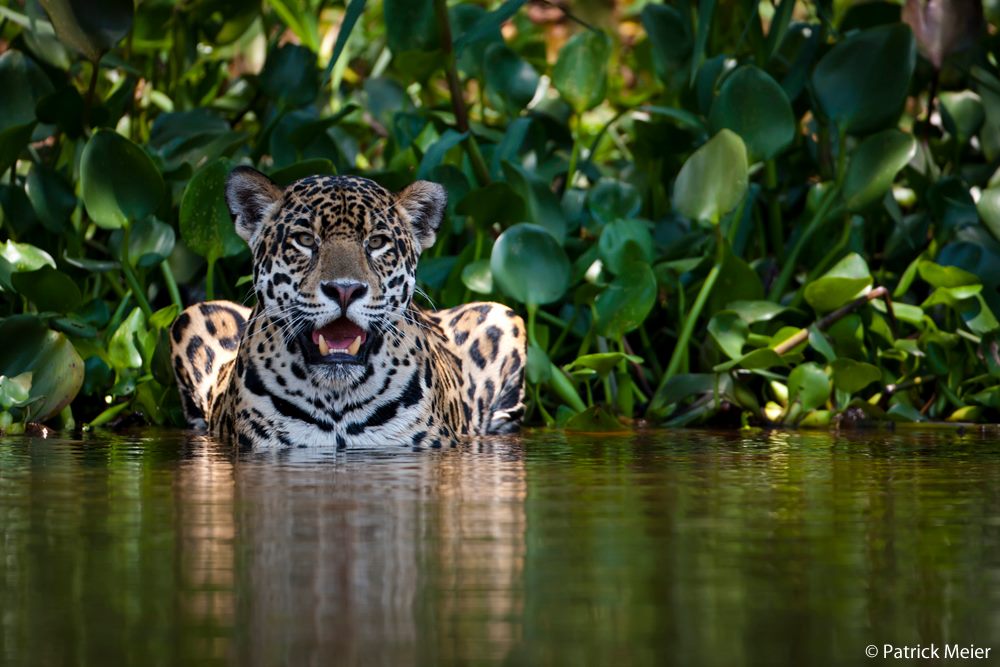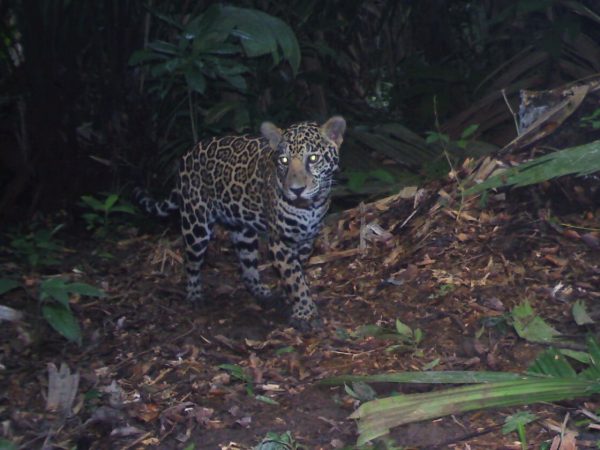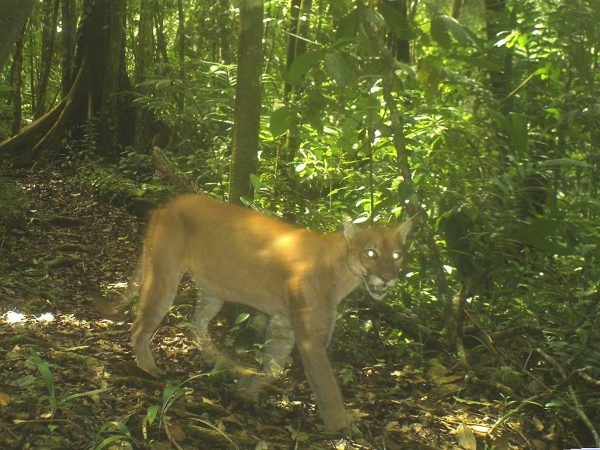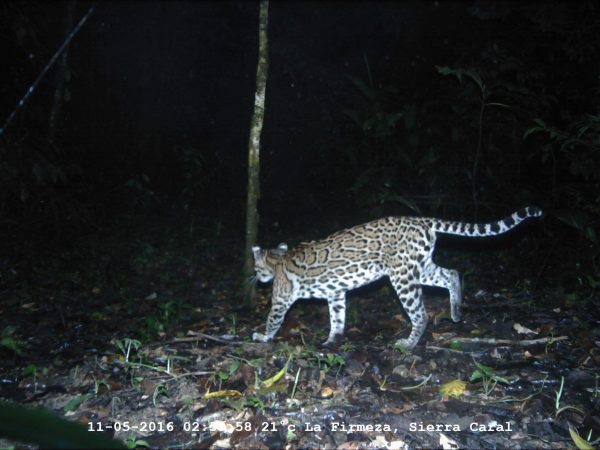
Saving Jaguars in central america
Saving Jaguars with the help of an unlikely new tool: an initiative that records forest sounds to help wildlife authorities re-focus limited ranger patrols to more effectively track and hinder poachers.
In 2017, Panthera launched the global wild cat conservation organization to set up acoustic monitoring units throughout Hondura’s Cusuco, Jeannette Kawas and Pico Bonito National Parks and Guatemala’s Sierra Caral National Protected Areas, where poaching is one of the jaguar’s greatest threats.
Acoustic Technology is Saving Species

The recording units, made by the Cornell Bioacoustics Program to withstand tropical weather conditions, are capable of capturing the sound of gunshots within a one-kilometer radius. Barking dogs and conversations of poachers are registered at shorter distances. The sound data is analyzed by RAVEN, an AI software program, to identify when and where poachers are most active, and wildlife ranger patrols are assigned accordingly.
In addition to pinpointing popular illegal hunting hotspots, the data revealed that poachers are most active on weekends when the moon is not visible, and before and during local festivals and holidays. With more patrols on weekends, authorities detained three poachers in Jeannette Kawas National Park in August 2020, fined them and confiscated their guns. Guards are able to destroy camps and other structures used by poachers and deter potential poachers by using more powerful flashlights to make themselves visible from further away.
This technology offers a more cost-effective alternative to the widely-used camera trap which is activated by movement and can only capture activity at close range within the camera’s sightline. The acoustic monitoring units are less expensive, record continuously and detect activity within a 360-degree radius. It would take humans months to manually listen to and map the recordings. The RAVEN AI software can analyze the acoustic data within hours.
Innovation is key to outsmarting wildlife poachers

Panthera’s Jaguar Program Honduras Country Director, Franklin Castañeda, stated, “Innovation is key to outsmarting wildlife poachers armed with ever-evolving tactics and an endless supply of troops. With this in mind, our acoustic monitoring project has enabled us to deploy wildlife patrols in the areas and at the precise times of day and week where illegal activity is most expected.”
Castañeda continued, “We are encouraged to already see the success of this tool play out, with our patrols having stopped poachers in their tracks before they could strike and having recorded a sharp decline in poacher activity where our rangers are active.”
The initial study of the program has shown that increases in patrol efforts have been accompanied by decreases in poaching signs – including blinds, camps, bullet shells and animal parts – observed in month-to-month comparisons between 2015 and 2020. In the first years of patrolling Cusuco National Park, rangers registered an average of 5 poaching signs per 100 kilometers patrolled, compared to 1.9 signs per 100 kilometers after implementation of the acoustic monitoring project.
bridging borders to save jaguars

Panthera’s Jaguar Program Guatemala Coordinator, Barbara Escobar, stated, “Along with our initiative’s impressive advances in stemming poaching, it is also literally bridging borders to save jaguars, serving as the first binational project that uses acoustic technology for the conservation of jaguars and their habitat.”
Escobar continued, “Before the launch of this project, conservationists within Honduras and Guatemala didn’t always communicate. Now they have a better opportunity to meet and exchange experiences — all with the end goal of creating a world in which jaguars live on forever, free from borders.”
Supported by the United States Fish and Wildlife Service (USFWS) and private dairy company Lacteos de Honduras – LACTHOSA, this acoustic monitoring initiative is the latest tool in Panthera’s Jaguar Corridor Initiative — an ambitious conservation program that seeks to preserve the genetic integrity of jaguars by protecting them across their entire six million square kilometer range from Mexico to Argentina.